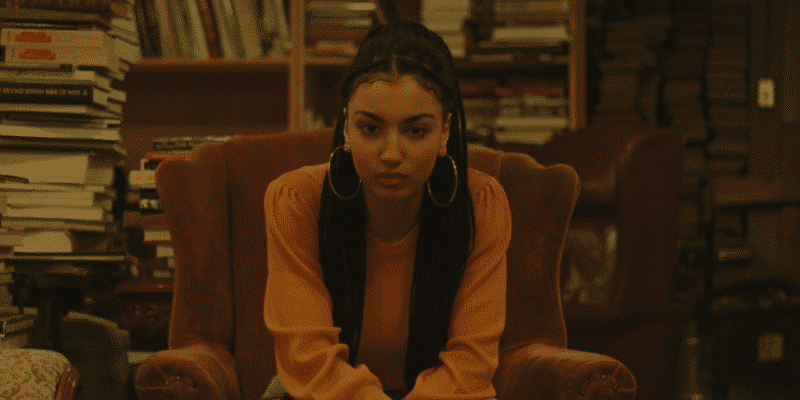
Are Happy Endings Disappearing from Modern Films?
In the realm of cinema, the resolution of a story often leaves a lasting impression on audiences. Happy endings, characterized by the triumph of good over evil or the fulfillment of characters’ desires, have long been a staple of cinematic storytelling. However, in recent years, there has been a noticeable shift in the prevalence of



















